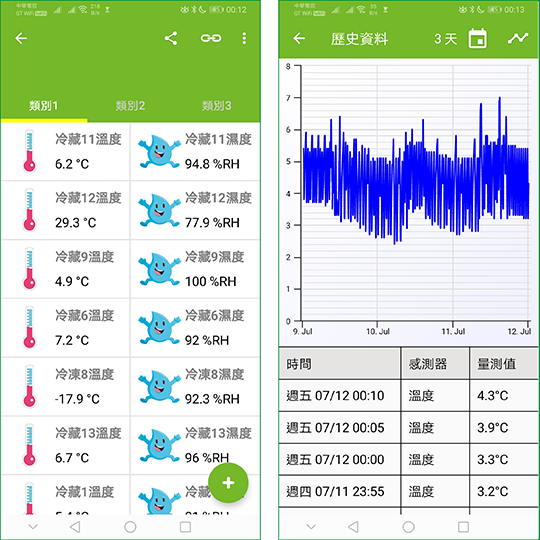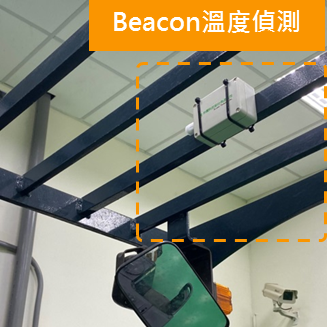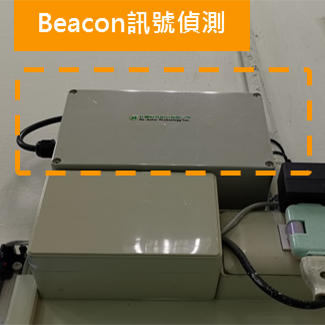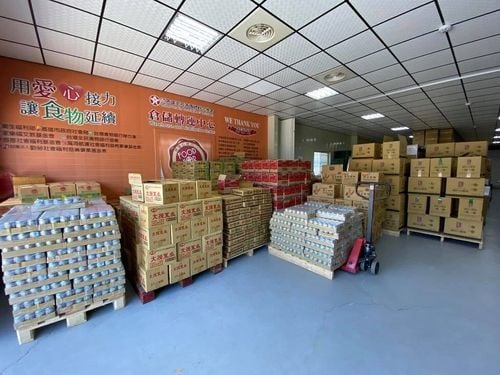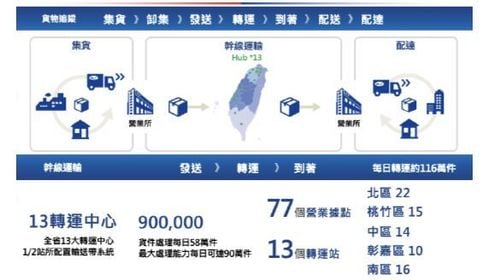Using Plant Growth Chambers as an Example - Standardizing Electronic Device Procedures Based on Imaging
In recent years, global climate change and environmental issues have become increasingly severe, causing major impacts on agricultural production Traditional agriculture heavily relies on weather conditions, facing challenges such as unstable crop quality, plummeting yields, and difficult pest control Particularly in Taiwan, agricultural biotech companies and farmers have suffered continuous losses, creating an urgent need for innovative solutions Meanwhile, Taiwan's plant factory industry faces many challenges high equipment and labor costs, an incomplete industrial chain diminishing international competitiveness, and a lack of cooperation among enterprises, all of which limit industry development Additionally, COVID-19the pandemic has highlighted the importance of remote monitoring and management Traditional manual inspections and data collection methods no longer meet the needs of modern agricultural production These issues collectively underline the urgent need for smart agricultural solutions, driving companies like Taiwan's HaiBoTe to develop innovative projects integrating IoT, cloud computing, and artificial intelligence technologies HaiBoTe Cloud Data Integration and Analysis Platform Facing these challenges, the agricultural sector urgently needs a system that can precisely control growth environments, improve resource efficiency, enable remote monitoring, and facilitate intelligent management Existing plant factory equipment often requires complete replacement, with poor compatibility with older equipment, and sensors and camera systems may require different interfaces, making them inconvenient to use Therefore, there is a need for a flexible solution that can integrate various equipment and technologies, providing real-time monitoring and data analysis, and automatically adjusting environmental parameters based on plant growth conditions This demand exists not only in Taiwan but is also a global trend in the development of smart agriculture By incorporating artificial intelligence, more scientific evaluation standards can be established, optimizing production processes, improving yield and quality, while reducing energy consumption and environmental impact Additionally, such smart solutions can attract more young people to participate in agricultural production, promoting industry upgrading and sustainable development Overall, the demand for smart agricultural solutions stems from the urgent requirements to address climate change, enhance production efficiency, reduce costs, and achieve precise management, and this is exactly the problem companies like Taiwan's HaiBoTe are striving to solve Taiwan's plant factory operators are facing a series of severe challenges, which are gradually eroding their competitiveness and survival space Firstly, the high cost of equipment and operations is their biggest burden Each electricity bill feels like a heavy blow, forcing them to balance between ensuring product quality and controlling costs Secondly, the unpredictability brought by climate change has become their nightmare Sudden extreme weather events can destroy their carefully nurtured crops in a short time, causing massive economic losses What's worse, they find themselves increasingly at a disadvantage in international market competition In contrast, large overseas plant factories, with their advanced automation technology and well-organized supply chains, can produce stable-quality agricultural products at lower costs, putting unprecedented pressure on Taiwan's operators On the technical level, they also face numerous challenges Compatibility issues between new and old equipment often put them in a bind, encountering various technical obstacles when trying to integrate different systems Lack of precise data analysis and forecasting capabilities also makes it difficult for them to make production decisions and accurately determine the best growth conditions for each crop Existing monitoring systems provide data that is often disorganized, difficult to interpret and apply Human resource challenges are also severe, with young people generally lacking interest in agricultural work, making it difficult for them to recruit employees with modern agricultural skills Even existing employees often feel exhausted from tedious manual operations and monitoring tasks These problems are intertwined, creating a complex dilemma that leaves plant factory operators confused and anxious They urgently need a comprehensive solution that can enhance factory operational efficiency, reduce costs, and improve product competitiveness, helping them overcome difficulties and regain their footing in the fierce market competition In facing the various challenges of plant factory operators, Taiwan's HaiBoTe company has demonstrated exceptional technical innovation and a flexible customer-oriented development strategy They deeply understand that the solution must be able to seamlessly integrate existing equipment while providing highly intelligent management functions To this end, HaiBoTe's RD team adopted a modular design approach to develop a system that can be flexibly configuredIoTIoT system The core of this system is a smart control hub that can communicate with various sensors and actuators During development, HaiBoTe worked closely with customers, deeply understanding their specific needs and operational environments They even dispatched engineers onsite to observe the daily operations of the plant factories, ensuring that the developed system actually solves practical problems This in-depth cooperation not only helped HaiBoTe optimize their product design but also established a close relationship with customers, laying the foundation for subsequent continuous improvements HaiBoTe's innovation is not just reflected in hardware design but also in their developed intelligent software system This system integrates advanced machine learning algorithms, capable of precise forecasts and optimal control of plant growth conditions based on large amounts of historical data and real-time monitoring information To help customers overcome technical barriers, HaiBoTe designed an intuitive and easy-to-use user interface, which even non-technical operators can master easily Additionally, they provide comprehensive training and tech support services, ensuring customers can fully utilize all functions of the system When facing challenges, HaiBoTe's technical team can quickly identify problems through remote diagnostics and provide solutions In one incident, during a serious equipment failure emergency faced by a customer, HaiBoTe's engineers guided the customer through system remote access, successfully instructing them on repairs and avoiding potential massive losses This full-range service not only solves customers' immediate difficulties but also strengthens their confidence in intelligent management, driving the entire industry toward more efficient and sustainable development HaiBoTe's developed smart agriculture solution not only brought revolutionary changes to plant factories but also painted an encouraging picture for the future of the entire agricultural industry The excellence of this system is evident in several aspects firstly, it achieves precise control of the plant growth environment, significantly improving crop yield and quality stability Through advanced artificial intelligence algorithms, the system can forecast and adjust optimum growth conditions based on historical data and real-time monitoring information, ensuring each plant grows in the ideal environment Secondly, it significantly reduces energy consumption and operational costs, improving resource efficiency The intelligent management system optimizes water, electricity, and nutrient supply, reducing waste and lowering manpower costs Additionally, the system's modular design and strong compatibility allow it to seamlessly integrate various new and old equipment, providing a flexible solution for gradual upgrades of plant factories Most importantly, the system injects a sense of technology and modernity into agricultural production, helping to attract the younger generation to the field and injecting new vitality into the industry Looking ahead, HaiBoTe's smart agriculture system has broad application prospects and expansion potential In addition to plant factories, this system can also be applied to traditional greenhouse cultivation, urban agriculture, and even home gardening In the field of aquaculture, similar technology can be used to monitor and optimize the breeding environments for fish or shrimp In the food processing industry, similar intelligent monitoring and forecasting systems can be used to optimize production processes and enhance food safety Even in the pharmaceutical industry, this type of precise environmental management system could be applied to drug research and production processes To further promote this system, HaiBoTe could adopt a multifaceted strategy Firstly, they could collaborate with agricultural colleges and research institutions to establish demonstration bases, allowing more people to experience the benefits of smart agriculture firsthand Secondly, they could develop customized solutions tailored to different scales and types of agricultural production, expanding the applicability of their products Furthermore, they could raise awareness and acceptance of smart agriculture within the industry by hosting forums, online seminars, and sharing success stories Lastly, they could explore collaborations with government departments to integrate this system into policies supporting the modernization and sustainable development of agriculture, thereby promoting the widespread adoption of smart agriculture on a larger scale Through these efforts, HaiBoTe not only can expand its market share but also make a significant contribution to the sustainable development of global agriculture, truly realizing the vision of technology empowering agriculture 「Translated content is generated by ChatGPT and is for reference only Translation date:2024-12-09」

